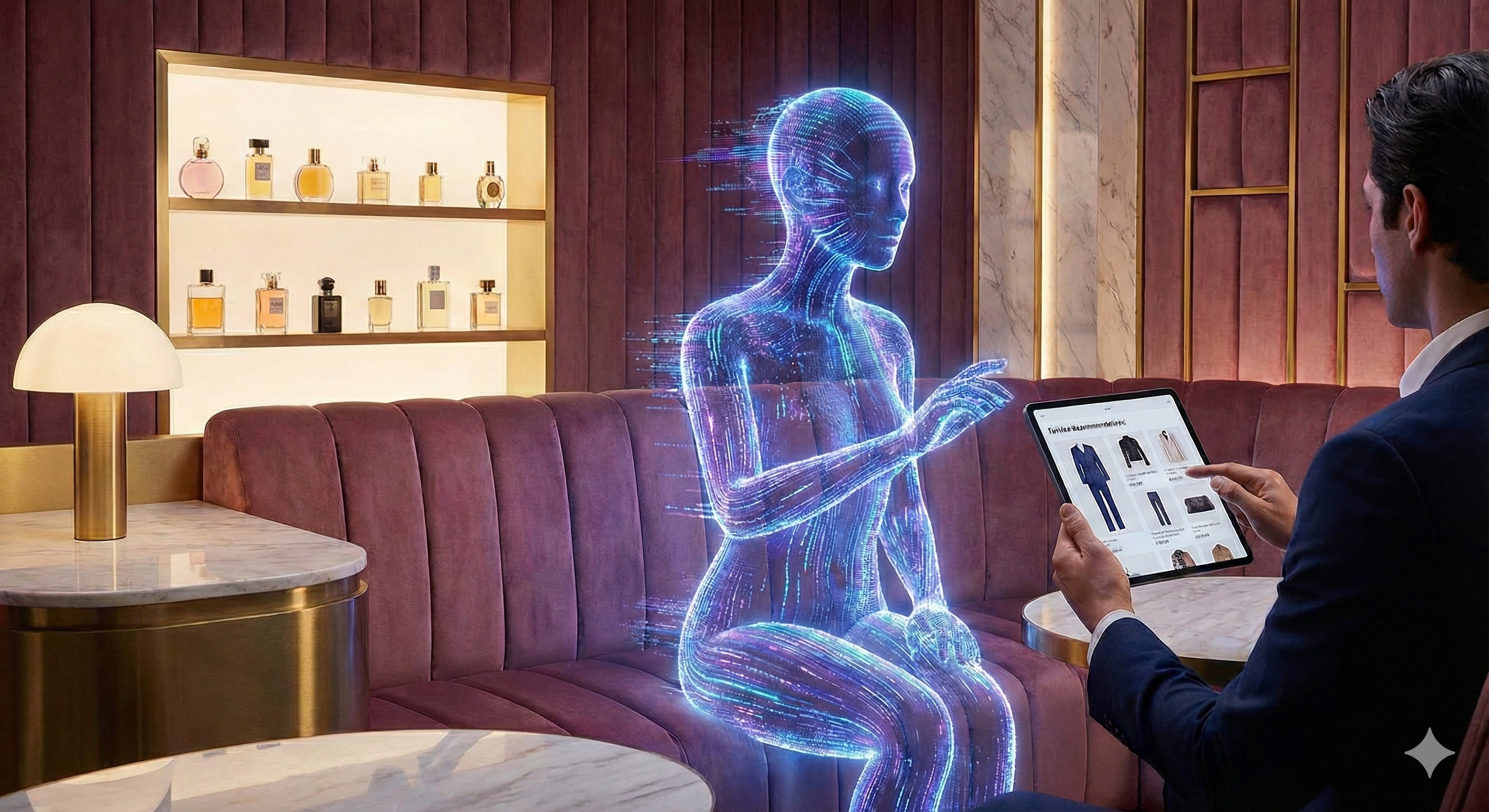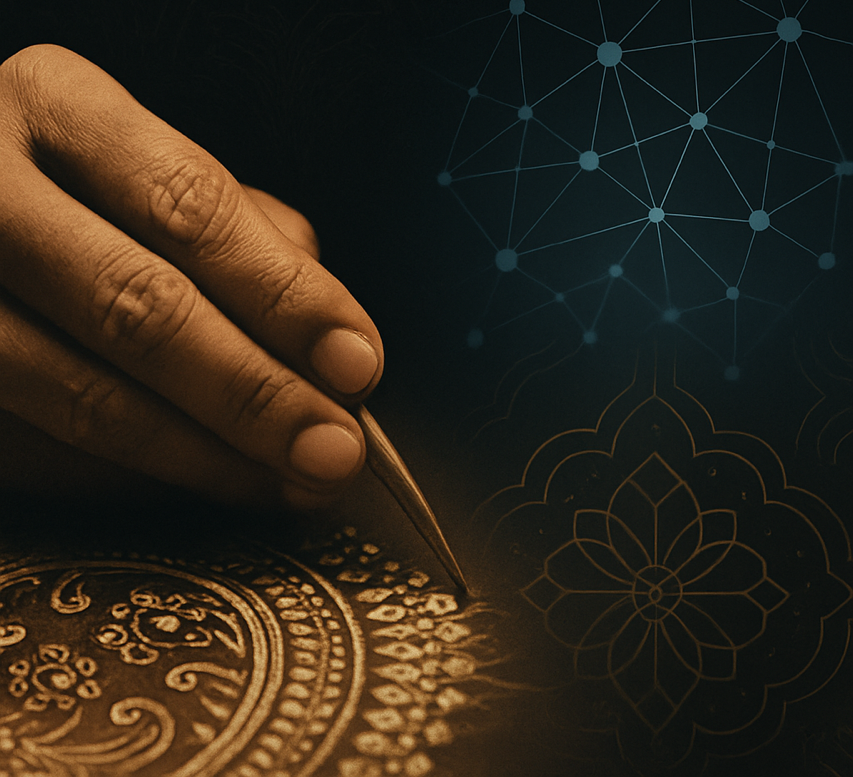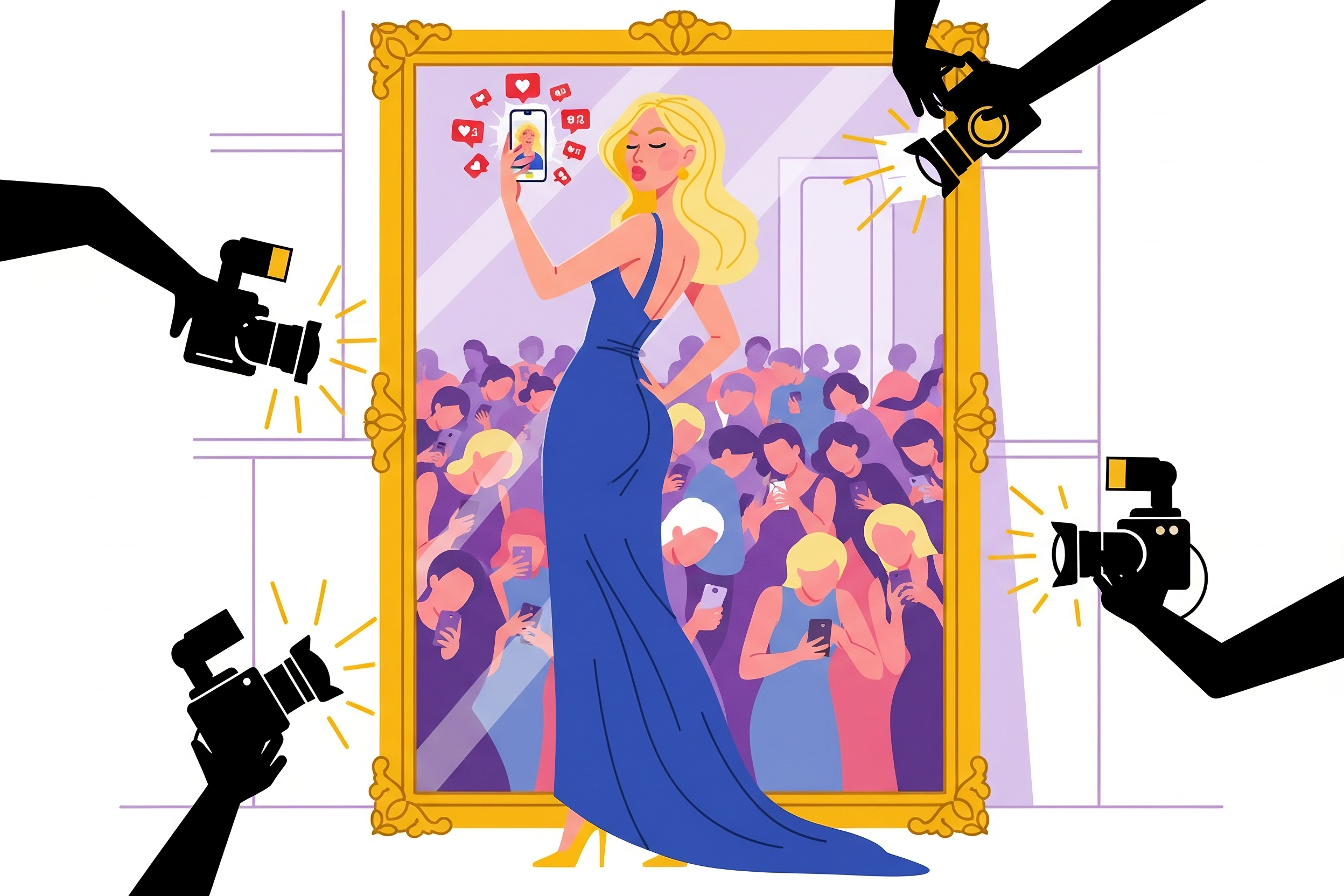With so much branded content on the Internet today, Franck Jehanne and Claire Adler discuss whether this is good or bad news for luxury communications

With so much branded content on the Internet today, Franck Jehanne and Claire Adler discuss whether this is good or bad news for luxury communications
“What brands should do now is really embrace social media,” declares Franck Jehanne, co-founder of the Kalory Agency and luxury executive who has worked with Cartier, Montegrappa and Baume & Mercier. “All the recent changes in social media are very exciting and it is a fantastic opportunity for brands to actually make an impact and to talk to their customers more directly and more personally than ever before.”
These are definitive words at a time when the power of social media in luxury communications is being hotly debated. Luxury brands were initially hesitant to embrace the digital sphere after decades of fostering exclusivity through restraint, yet now it would be difficult to imagine the communications landscape without it. Though Burberry’s Facebook community has grown beyond 10 million fans, little seems to be truly understood as to the tangible benefits of social communications.
As recently as this week, Forbes ran the headline Social media risk is like wildfire. Where’s the fire engine? Claiming that social media is already recognised by executives to be the fourth-largest source of risk over the next three years, putting it on par with financial risk. The report from Deloitte and Forbes Insights indicated that executives worry about cyber attacks, breaches of confidentiality, fast-spreading malicious rumours about the company, as well as financial disclosures.
“ Social media is already recognised by executives to be the fourth-largest source of risk over the next three years, putting it on par with financial risk ”
Similarly, new data from Triton Digital suggested that whilst consumers find digital media fun to read, when they want trusted information, they turn to traditional sources first. Despite the widely accepted idea that word-of-mouth and earned media within social networks is far more effective than advertising, Triton’s research concluded that consumers still trust traditional media more than they trust digital.
PR Week did not agree, chastising luxury brands for their failure to understand social’s quickly evolving platforms and engage future consumers in the Millennial demographic. Findings from Abrams Research suggested that consumers who connect with a brand on social media spend 20% to 40% more money than those who don’t. The research also concluded that young, affluent consumers care more about a brand’s narrative than its price tags.
Franck remains confident as to the potential of social media, but warns that brands must maintain strict codes of quality seen in advertising, when it comes to producing digital content. “We have seen a trend where brands are taking their own pictures internally in order to replicate the casual feel that you can find on Facebook or Twitter,” he explains.
“Luxury brands should stay away from this. The way forward is to up the game and to create high quality pictures to their final customers, in order for them to share. The goal is that the brand created content should dominate.” As the debate continues, we present a conversation shared between Franck and luxury author Claire Adler, as to the opportunities presented by social media for luxury brands.
To further investigate Social and Digital Communications on Luxury Society, we invite your to explore the related materials as follows:
– The Latest Digital: Lanvin, Graff & Marc Jacobs
– Is Instagram Killing the Luxury Dream?
– Affluent U.S. Consumers Favour Luxury Brands with Apps










